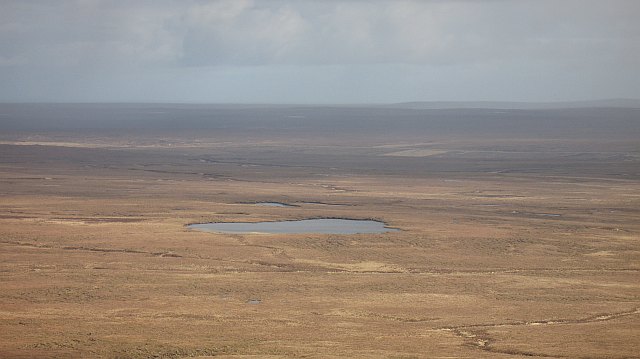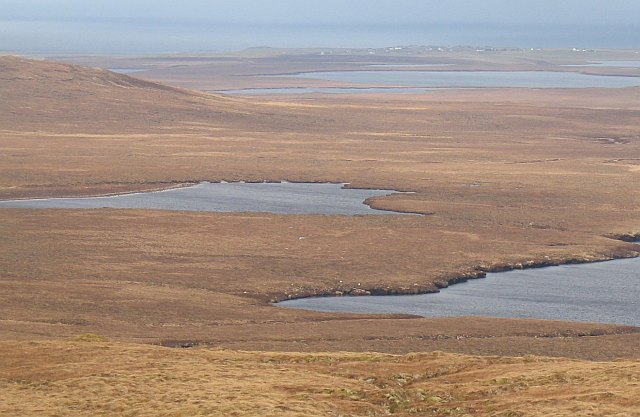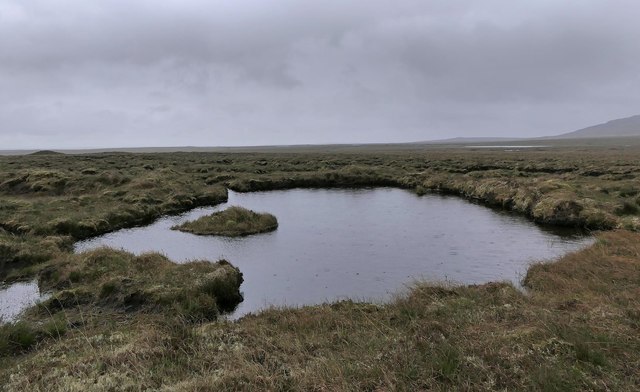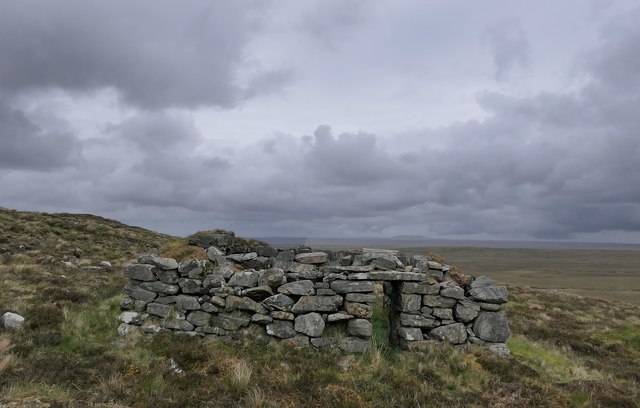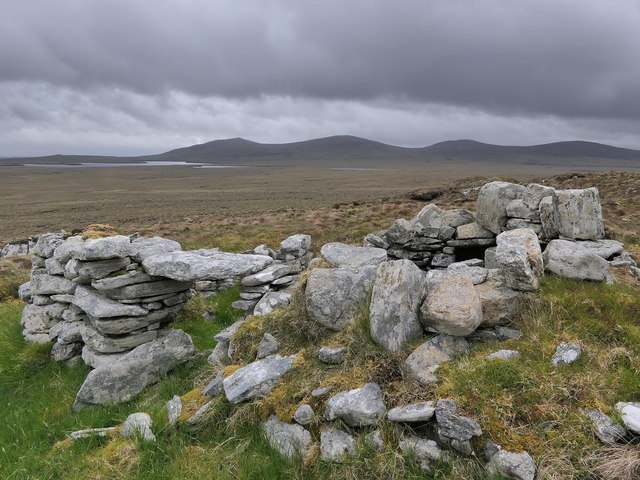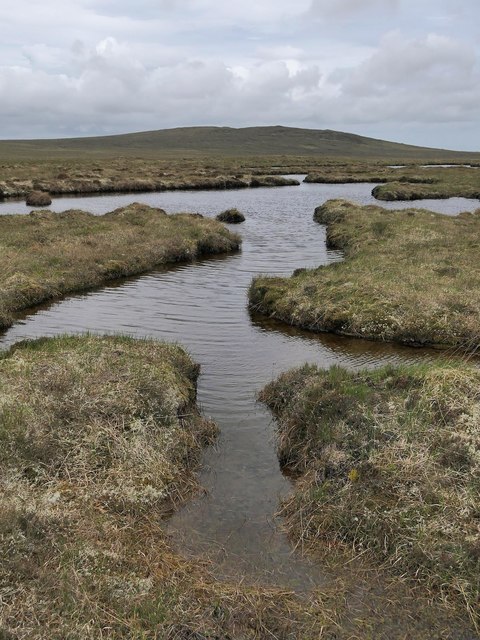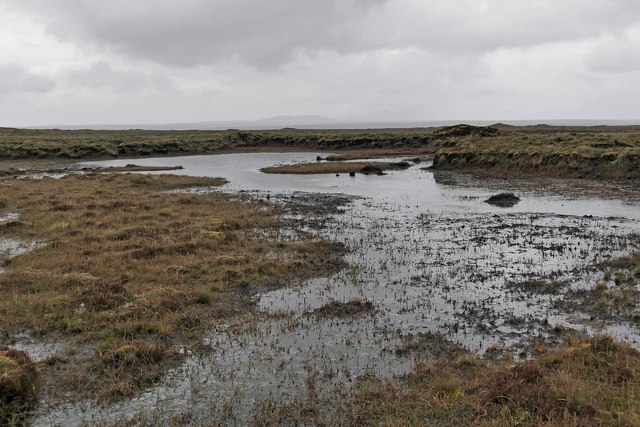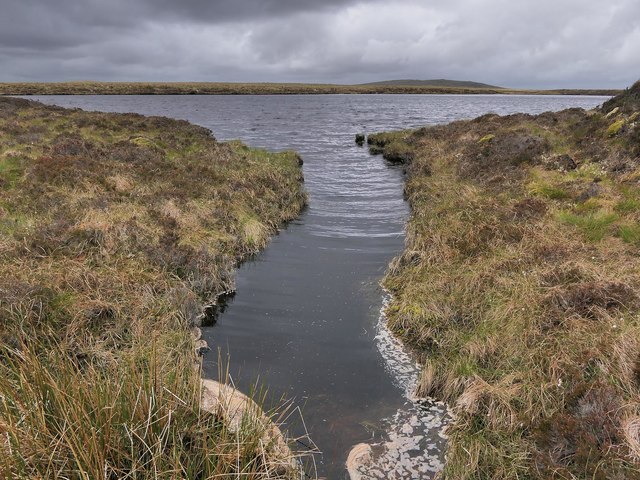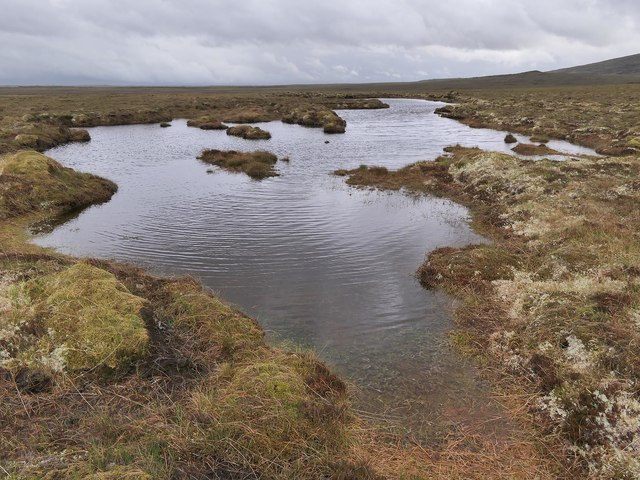Loch Sgarabhat Beag
Lake, Pool, Pond, Freshwater Marsh in Ross-shire
Scotland
Loch Sgarabhat Beag
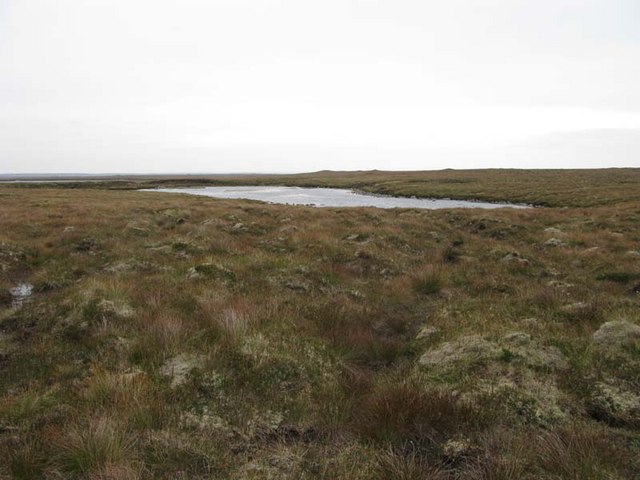
Loch Sgarabhat Beag is a small freshwater loch located in Ross-shire, Scotland. Situated amidst the scenic beauty of the Scottish Highlands, this picturesque body of water is a popular attraction for tourists and nature enthusiasts alike.
Covering an area of approximately 10 acres, Loch Sgarabhat Beag is surrounded by lush greenery and offers stunning views of the surrounding hills and mountains. The loch is situated at an elevation of about 200 meters above sea level, adding to its charm and tranquility.
The water in Loch Sgarabhat Beag is crystal clear and teeming with a diverse range of aquatic life. Anglers are often drawn to the loch for its abundance of fish, including trout and salmon. The surrounding area is also home to a variety of bird species, making it a haven for birdwatchers.
In addition to its natural beauty, Loch Sgarabhat Beag boasts a well-maintained pathway that encircles the loch, allowing visitors to take leisurely walks and enjoy the serenity of the surroundings. There are also designated picnic areas for those who wish to relax and soak in the peaceful atmosphere.
Due to its remote location, Loch Sgarabhat Beag offers a sense of seclusion and escape from the hustle and bustle of everyday life. Its unspoiled surroundings and tranquil ambiance make it an ideal spot for nature lovers seeking a peaceful retreat.
Overall, Loch Sgarabhat Beag is a hidden gem in the Scottish Highlands, offering a serene and picturesque environment for visitors to immerse themselves in the beauty of nature.
If you have any feedback on the listing, please let us know in the comments section below.
Loch Sgarabhat Beag Images
Images are sourced within 2km of 58.282237/-6.5066556 or Grid Reference NB3541. Thanks to Geograph Open Source API. All images are credited.
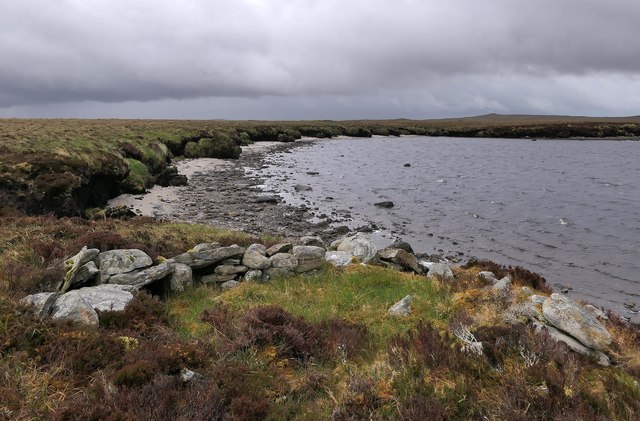
Loch Sgarabhat Beag is located at Grid Ref: NB3541 (Lat: 58.282237, Lng: -6.5066556)
Unitary Authority: Na h-Eileanan an Iar
Police Authority: Highlands and Islands
What 3 Words
///people.homecare.parked. Near Stornoway, Na h-Eileanan Siar
Nearby Locations
Related Wikis
Lewis Peatlands
Lewis Peatlands (Scottish Gaelic: mòinteach Leòdhais) is a large area of blanket bog covering more than one third of the Isle of Lewis, off the west coast...
West Side, Lewis
The West Side (Scottish Gaelic: An Taobh Siar) is the name used for the (predominantly Gaelic-speaking) settlements along the NW coast of the Isle of Lewis...
Newvalley, Lewis
Newvalley (Scottish Gaelic: An Gleann Ùr) is a hamlet on the Isle of Lewis in the Outer Hebrides, Scotland. Newvalley is within the parish of Stornoway...
Brue
Brue (Scottish Gaelic: Brù) is a village on the Isle of Lewis in the West Side district, in the Outer Hebrides, Scotland. It is a crofting township and...
Have you been to Loch Sgarabhat Beag?
Leave your review of Loch Sgarabhat Beag below (or comments, questions and feedback).
